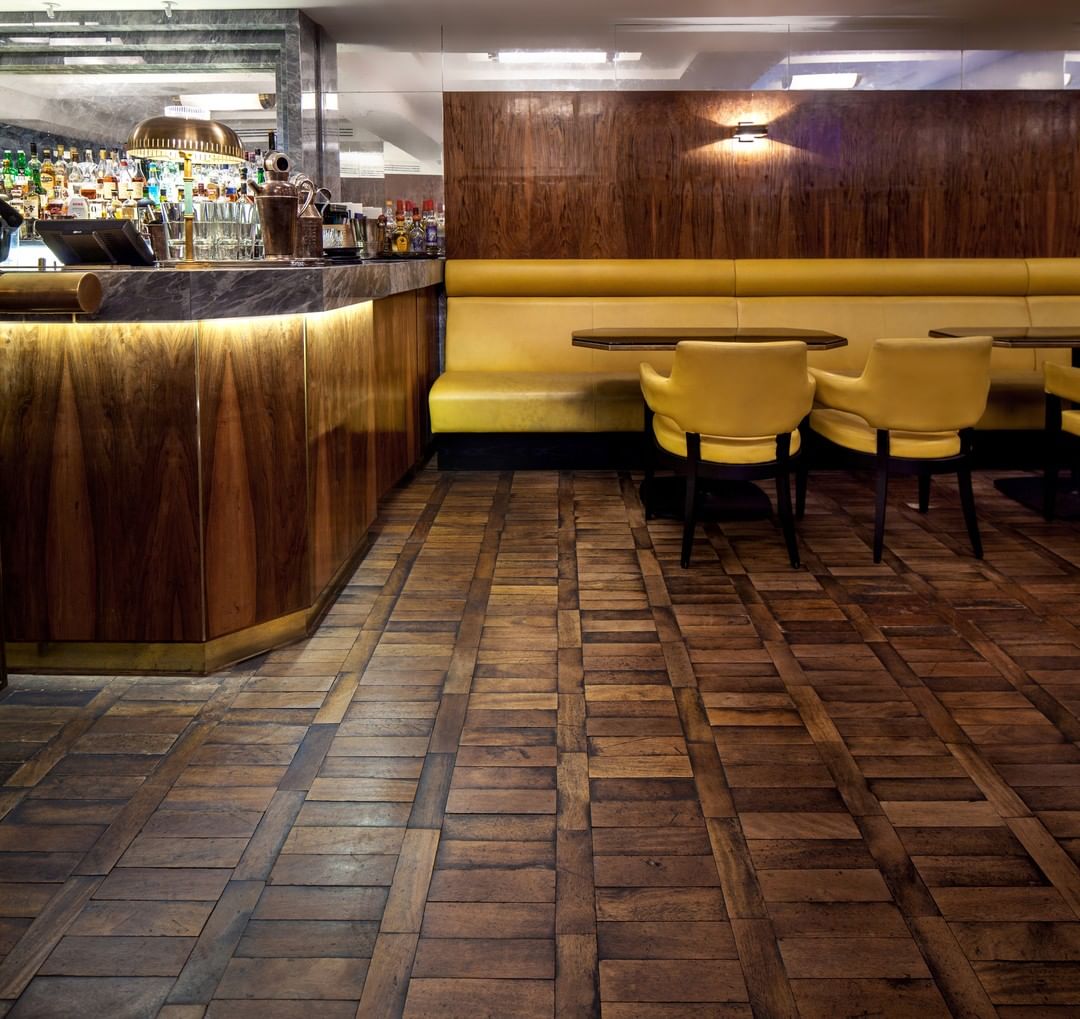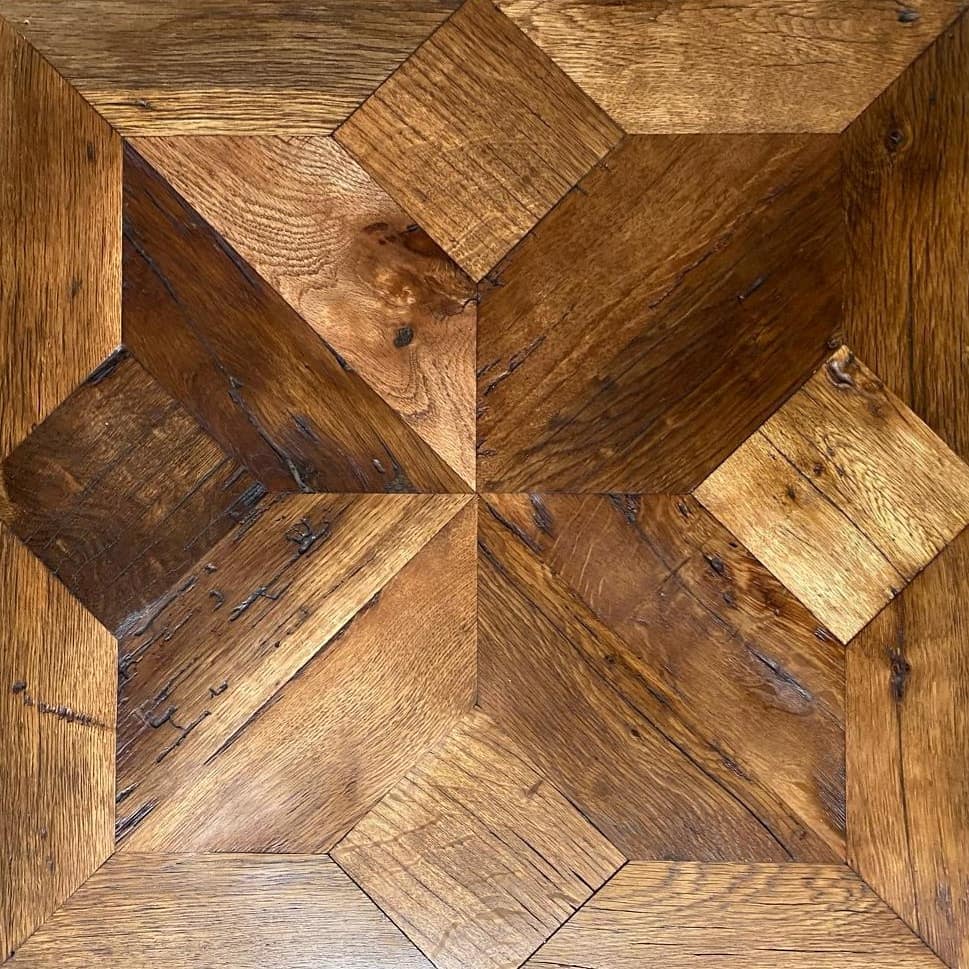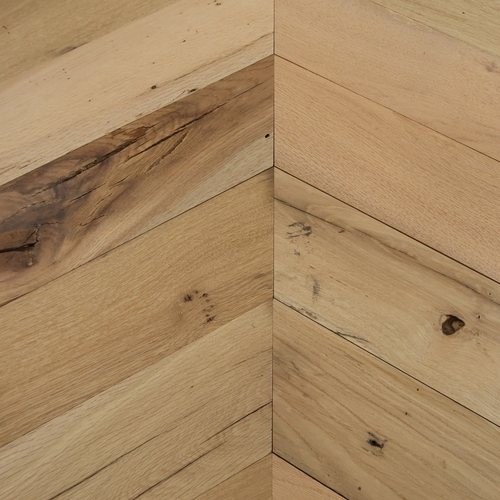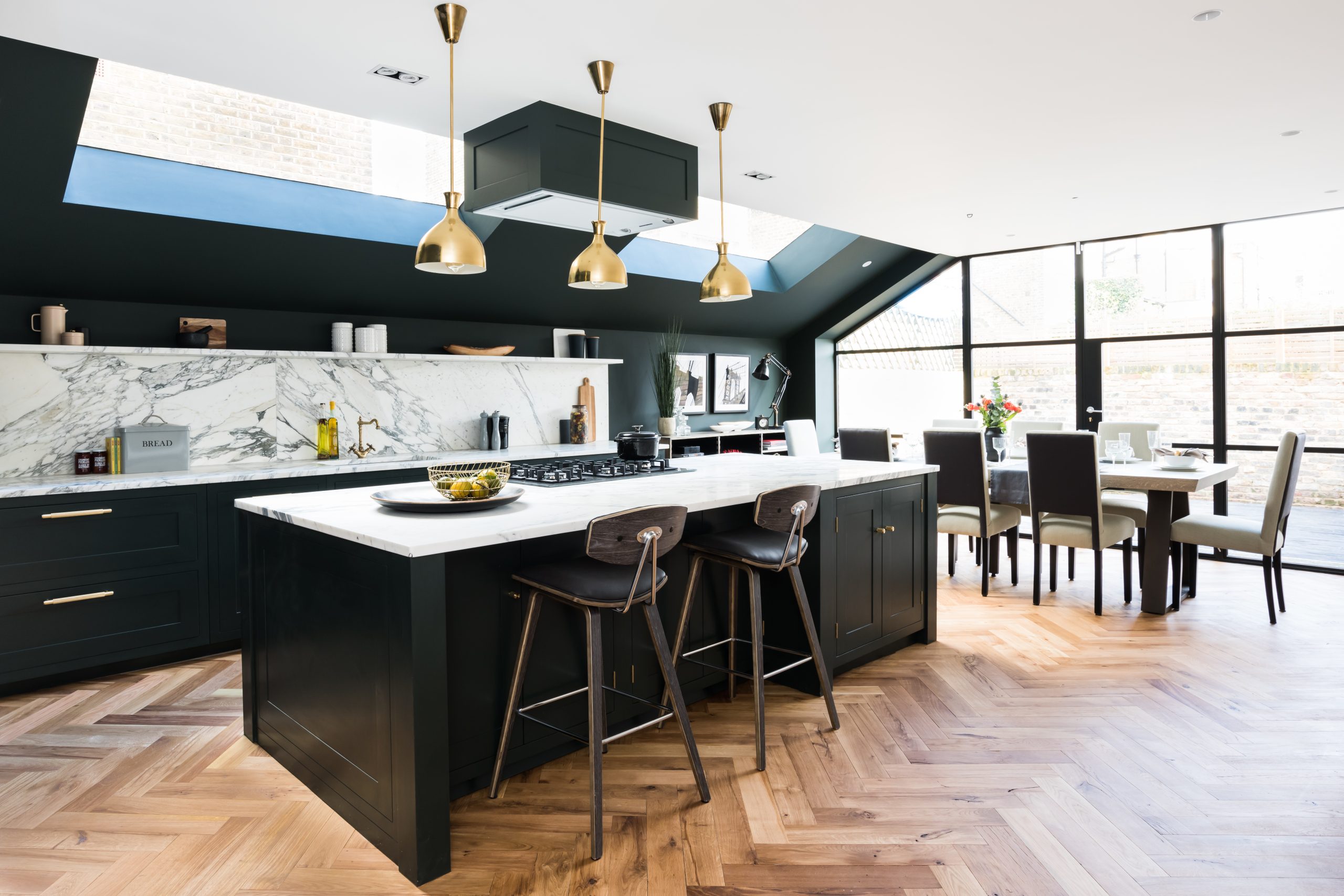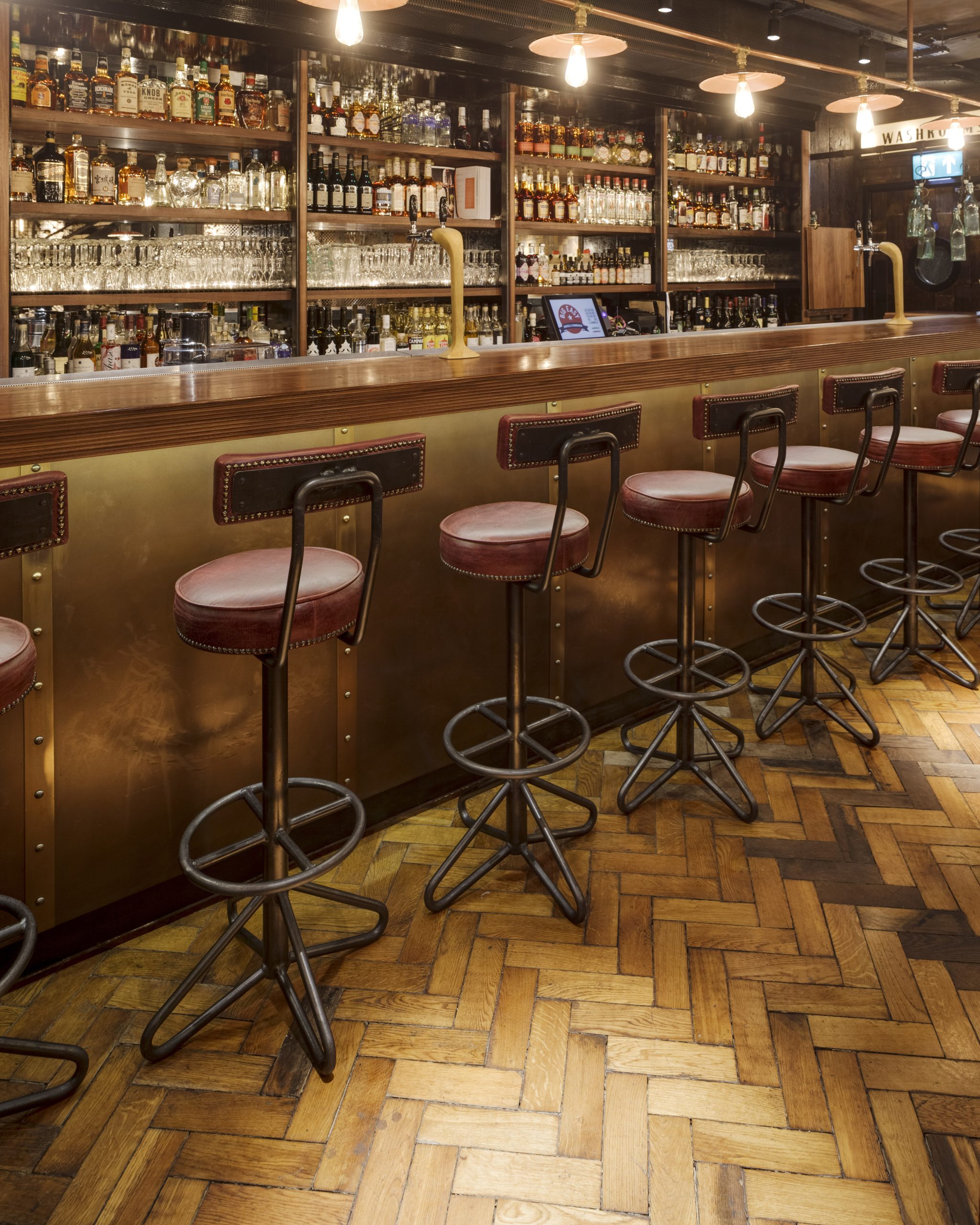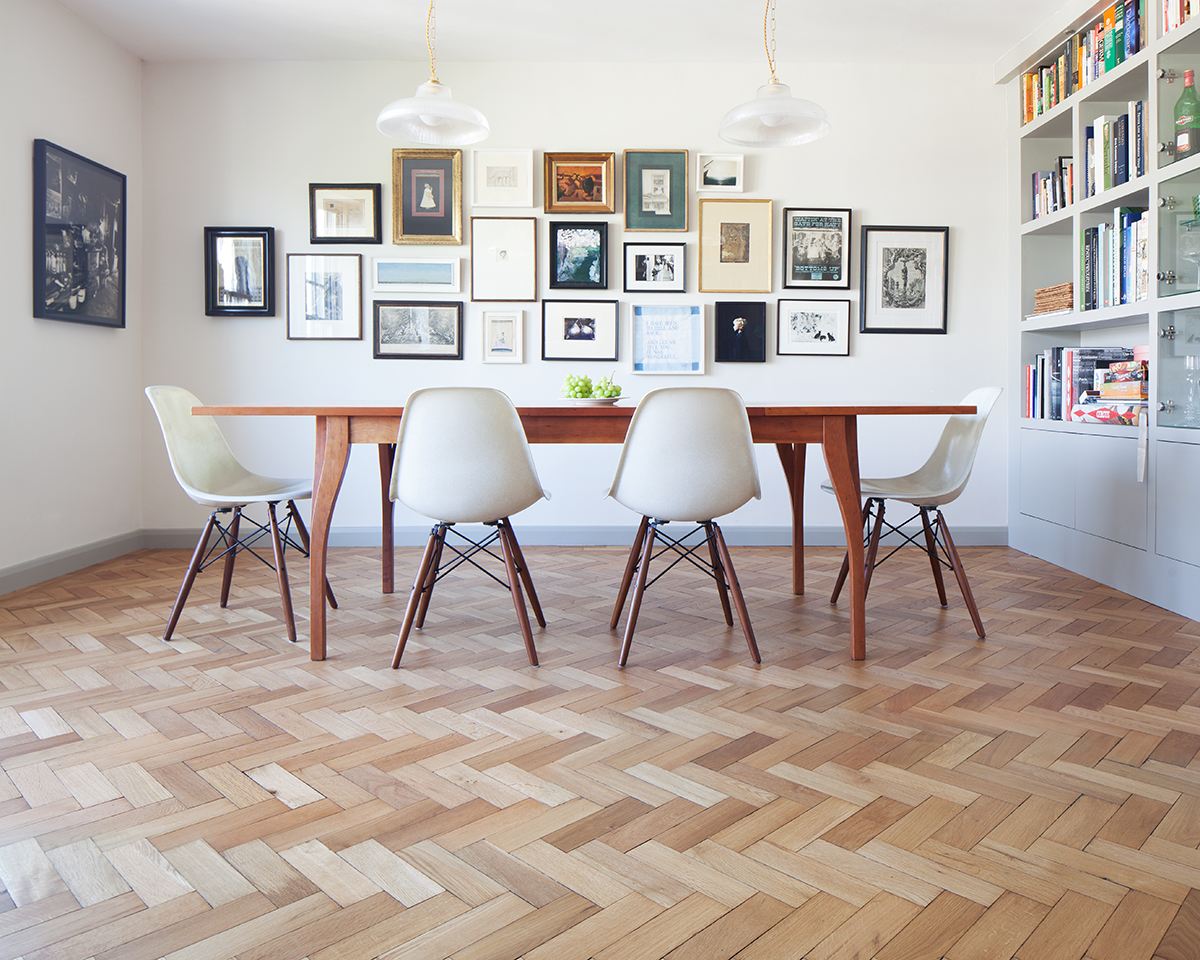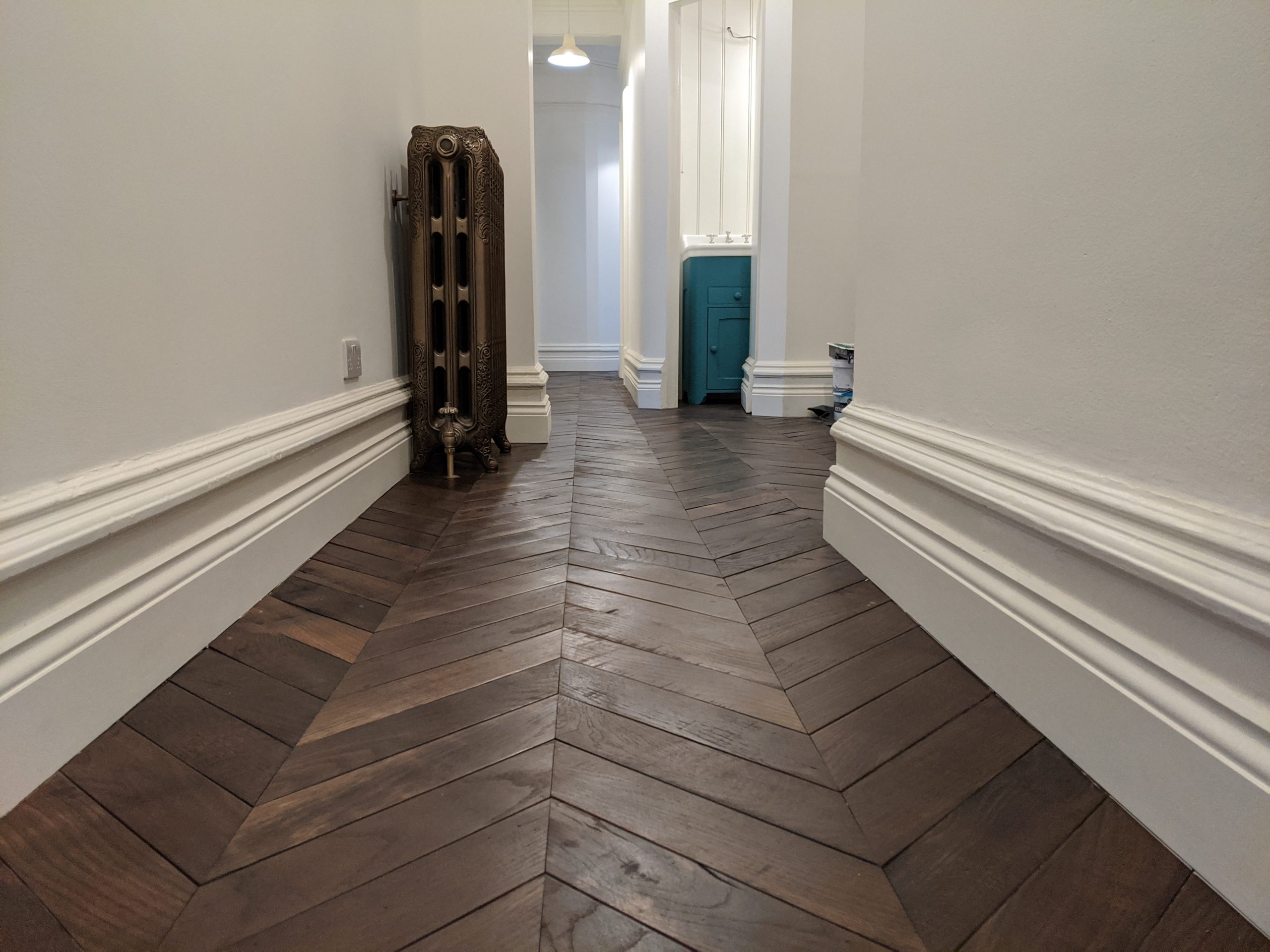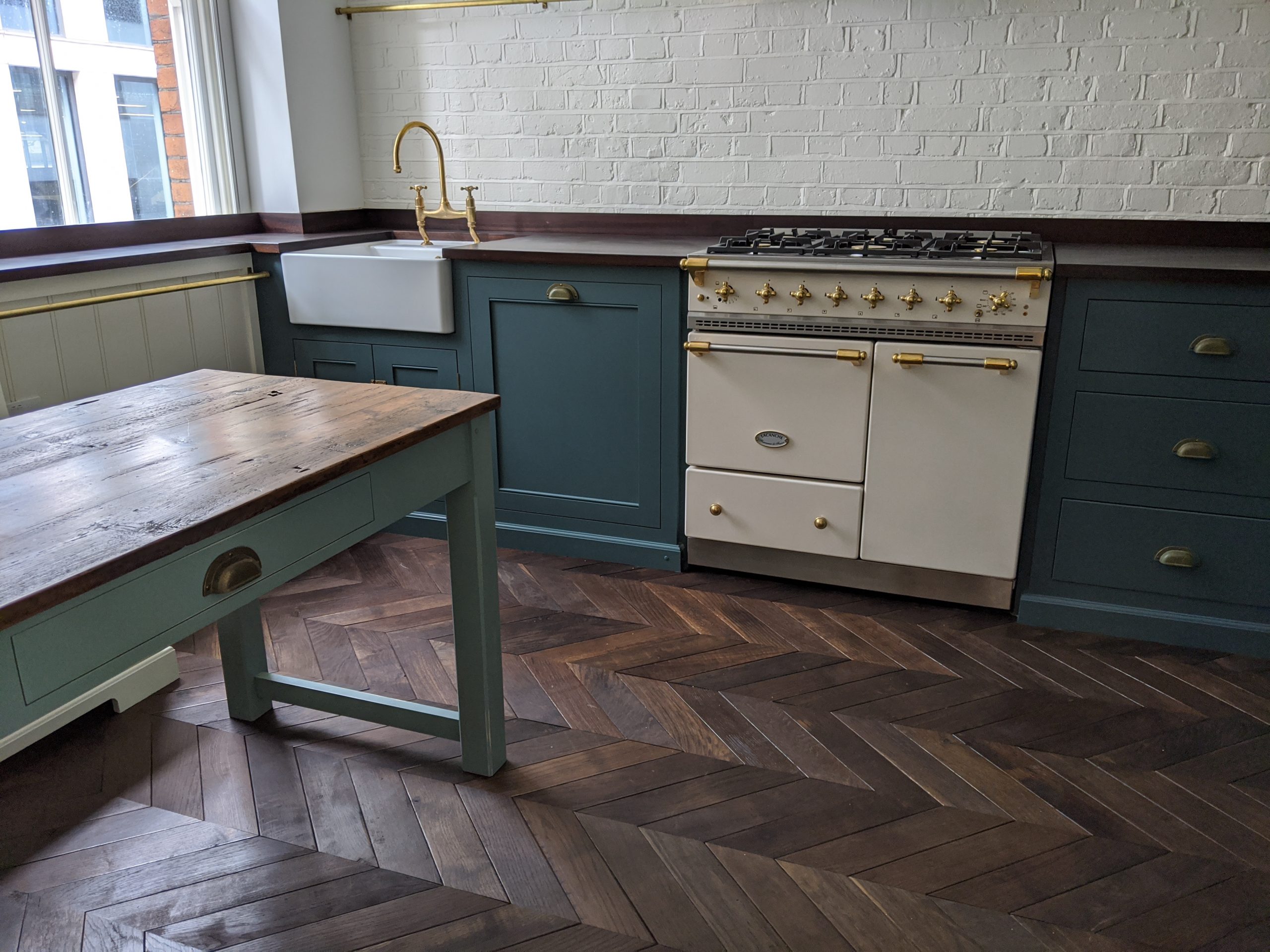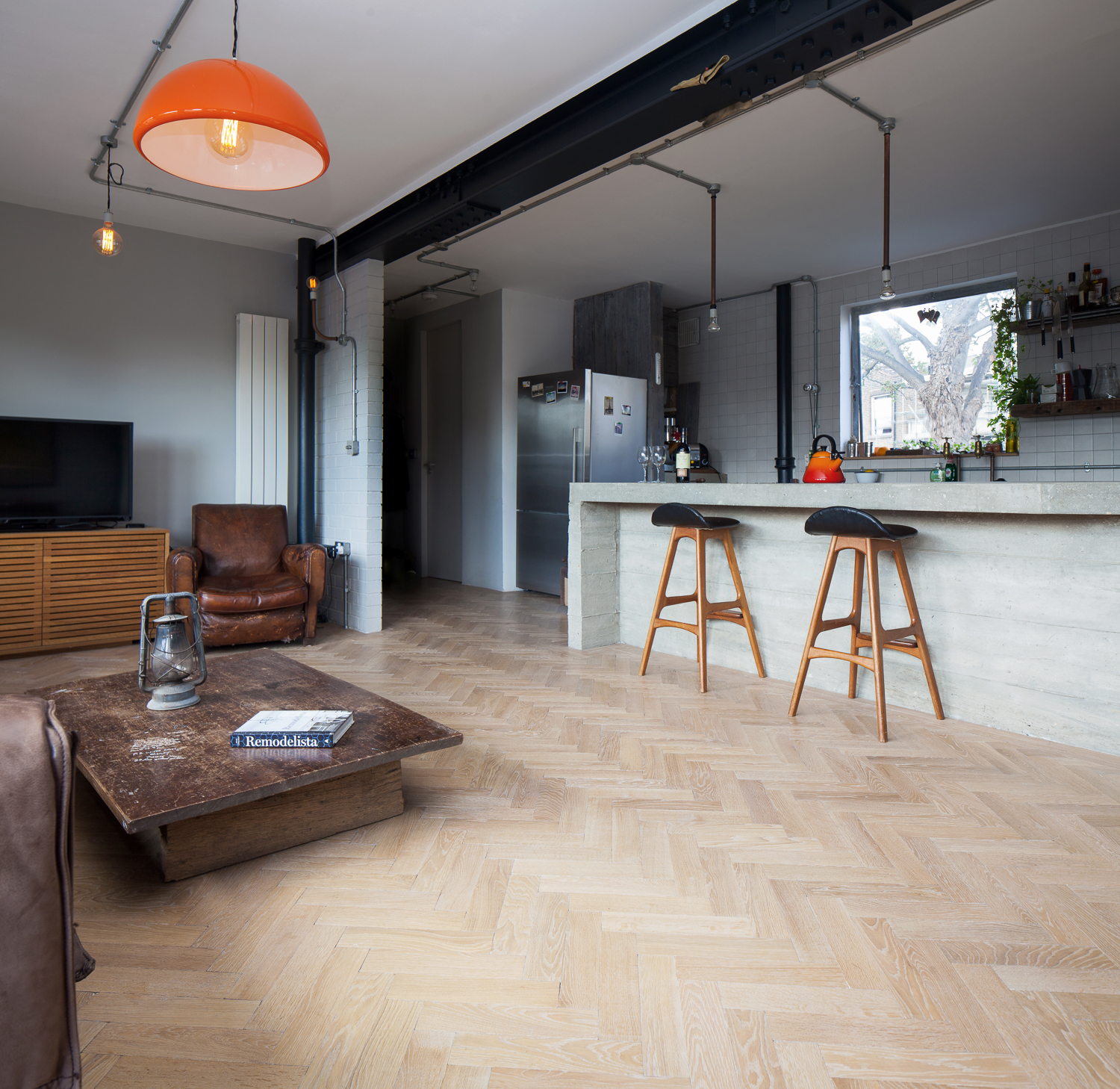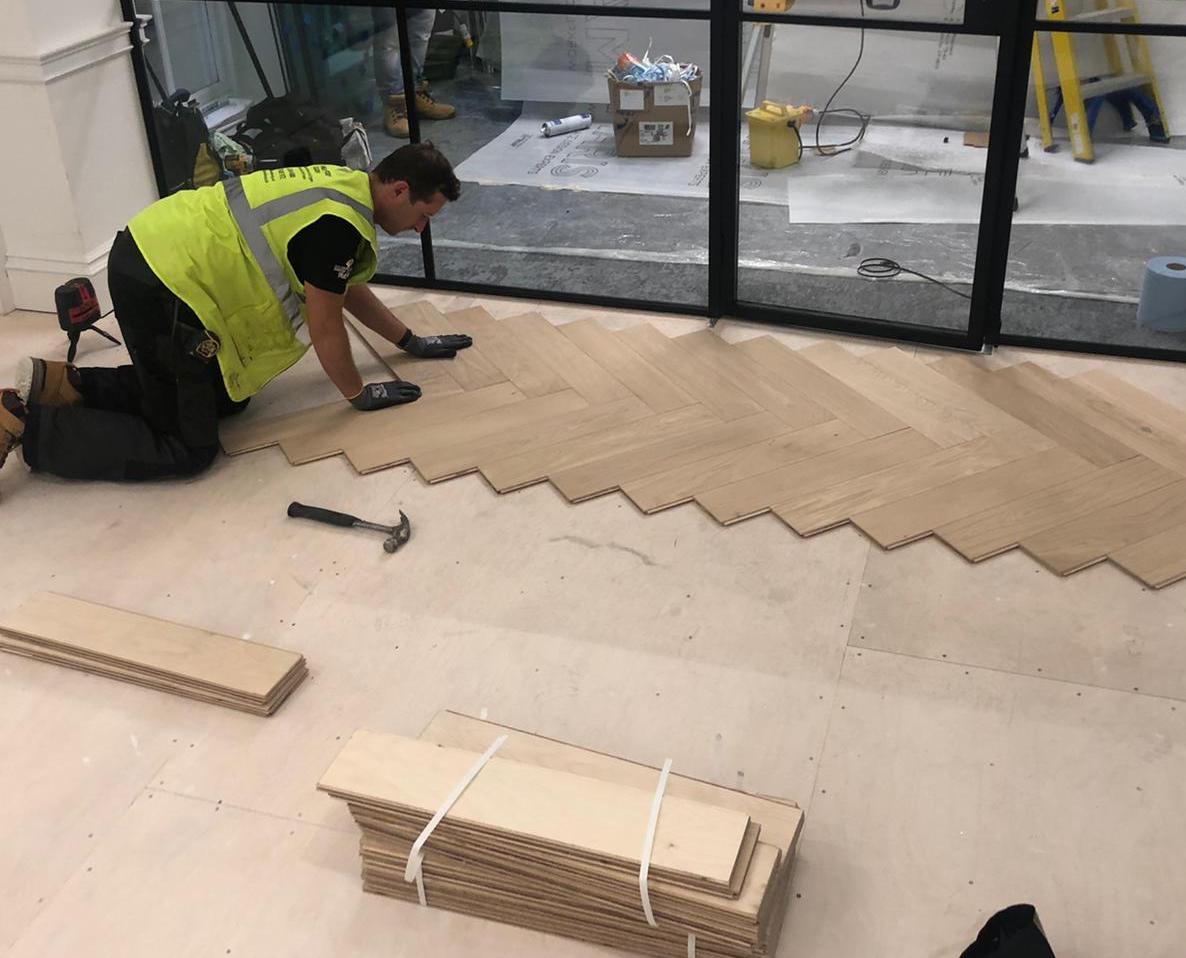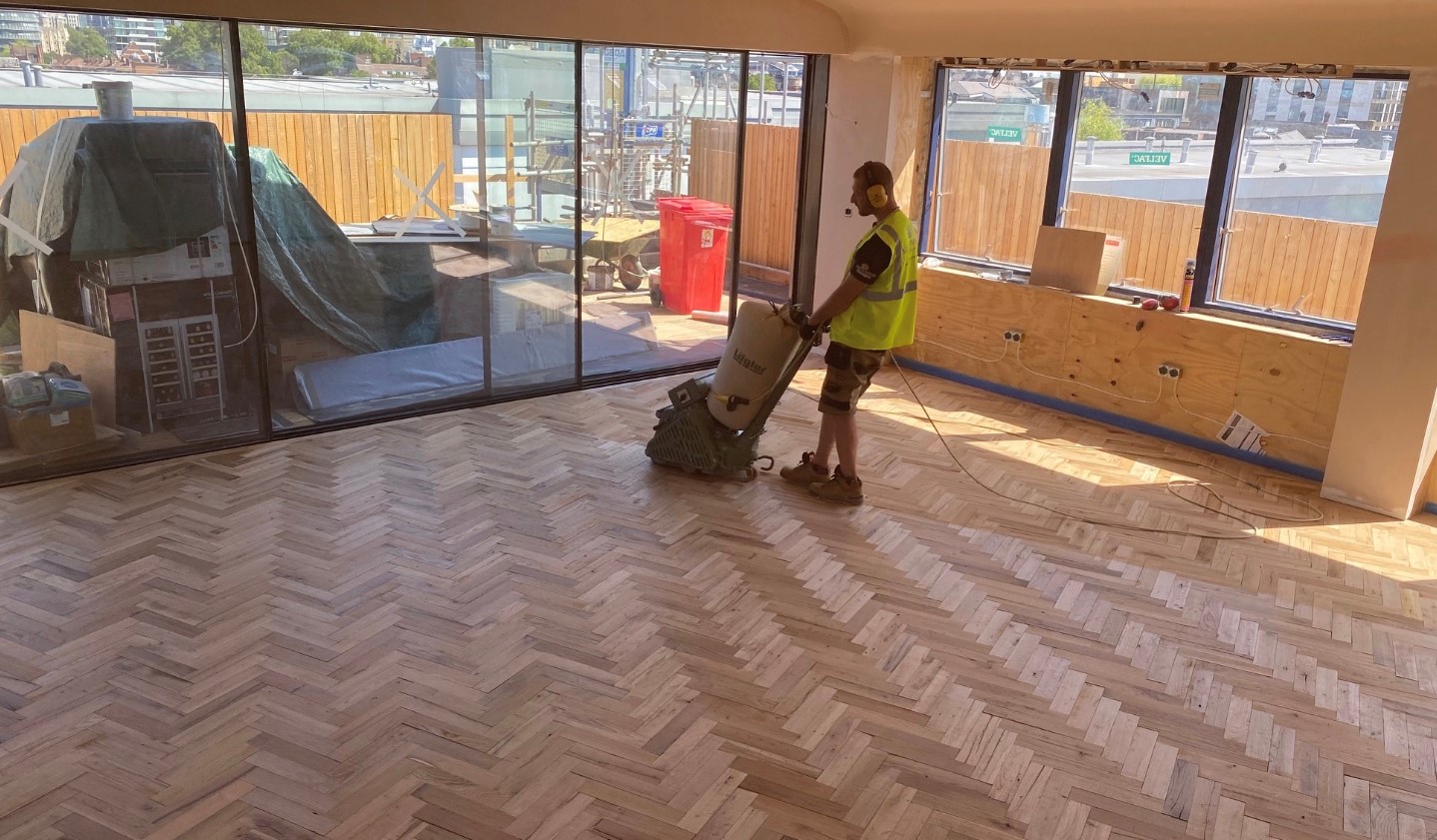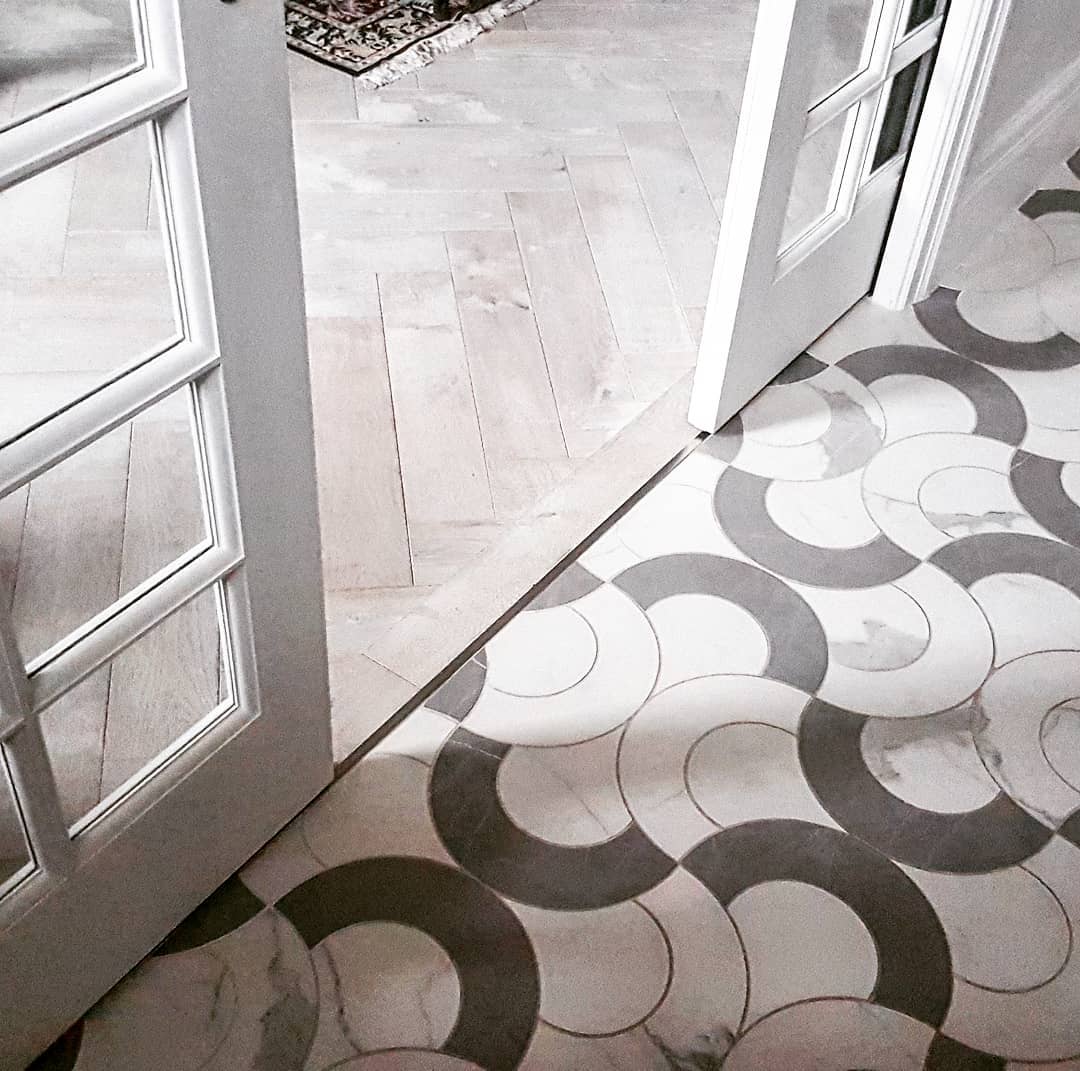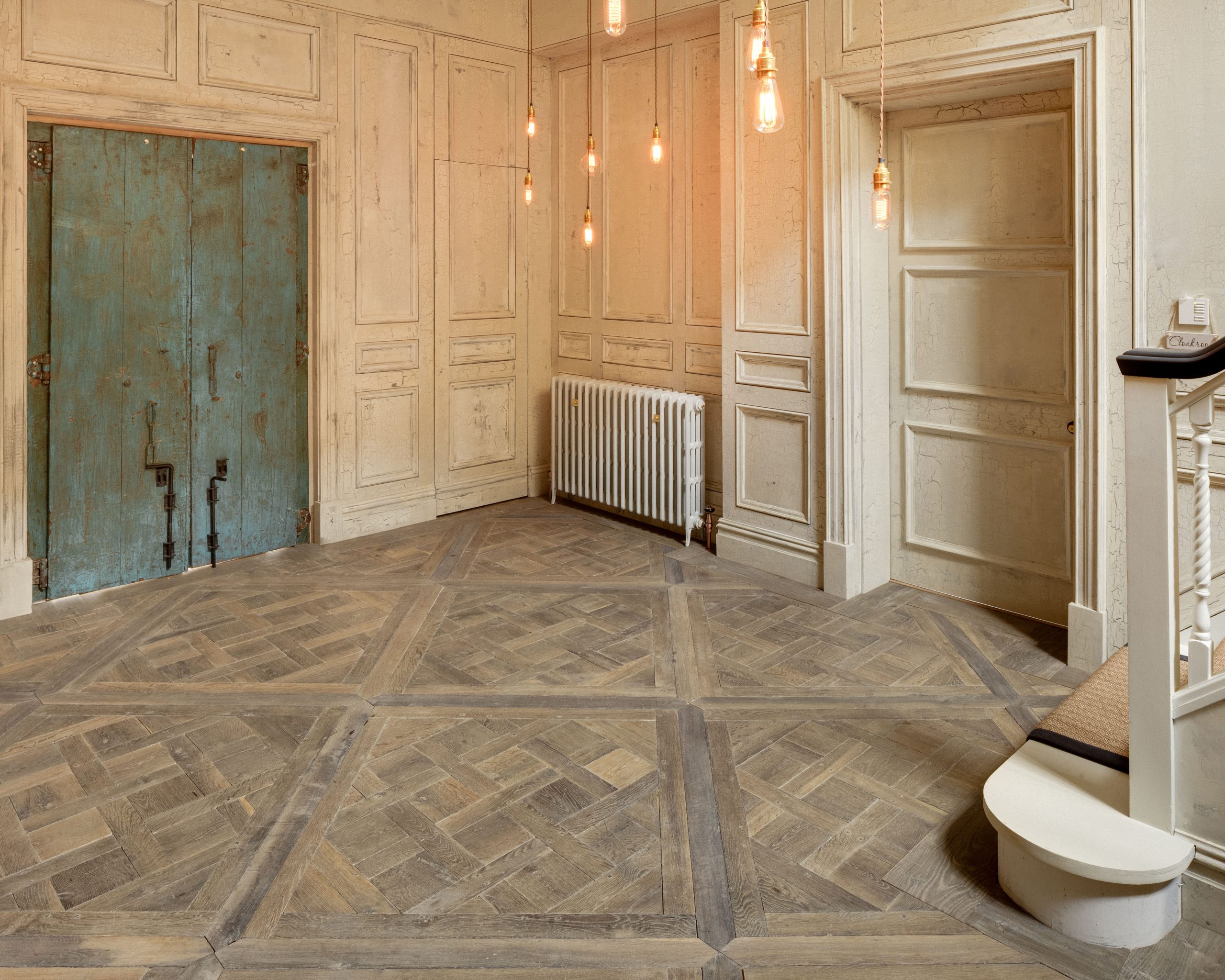
Elaborate, timeless, dramatic, stylish and unique — are just a few words to describe parquet flooring.
Constructed in small wood blocks pieced together to create different geometric patterns, this type of flooring adds character and depth to both residential and commercial environments.
If you’re considering making a bold statement with your next purchase, there are few things you should know and understand about the famous parquet flooring.
What does parquet flooring offer?
Depending on your taste and style, parquet flooring showcases simple and intricate patterns that complement just about any interior setting; from classic and contemporary, to transitional and modern aesthetics.
For this reason, it has been crafting its way back into the spotlight courtesy of improved manufacturing methods which offer consumers a wider range of wood species.
What type of wood is best for parquet?
There are many wood options available including oak, chestnut, walnut and ash. All with their unique characteristics in terms of availability, natural colour, as well as durability.
Without a doubt, oak is the most commonly used parquet flooring material due to its hardwearing properties and its ability to be stained with a host of colours thanks to its natural light tone and pores.
These advantages play an essential role in bringing out the beauty and character of the wood to give a room a visually exciting atmosphere
Solid or engineered parquet flooring: what’s the difference?
Solid wood, as the name suggests is made up of a single plank of natural hardwood, and as such expand and contract with fluctuations in temperature and humidity.
Because of this, you will notice that the previously smooth surface cracks between the planks when exposed to high levels of humidity and moisture.
On the other hand, engineered flooring is made up of multiple layers of plywood and topped with a layer of real hardwood.
In appearance, both will look and feel the same, but the engineered will have a much stable structure against atmospheric changes.
Engineered parquet boards can be used where solid strips often can’t go, like over radiant heat and below grade (in the basement or room below ground).
Choosing your parquet design style
Parquet flooring can be laid in a variety of patterns, both simple and complex. These include brick, Versailles, basketweave, hexagon, mosaic, Chantilly, chevron and herringbone.
From this list, herringbone and chevron patterns are arguably the most popular choice for anyone looking to install this intriguing floor.
Chevron features a parallelogram shape which produces a strong striping effect. Each plank is installed in such a way that it meets the end of another.
Herringbone, like the chevron pattern, features equally-sized boards that are installed to form a zig-zag pattern. The difference between the two is that herringbone planks are cut into rectangles rather than at an angle, and come in several variations such as single, square and double form.
Surface treatments for parquet flooring
Like every regular flooring, parquet has a variety of treatments to give it different looks. It is therefore important to think about the overall aesthetic of your interior space before making your pick.
The heat-treating technique to darken the wood to any colour will give it a rustic look too.
Staining your floor is yet another way to treat parquet. This can be done to any colour; from dark to light, yellowish to reddish, and even an orangish tone. The colour selected will depend largely on personal taste.
To keep flooring in tip-top condition and looking great, use oil for oil parquet at least every three years. This will retrain and enhance the natural beauty of your floors.
Lacquered or oiled floor?
It’s worth knowing the options available when it comes to parquet flooring finish. Two most commonly selected are lacquered and oil finishes.
Lacquered is arguably the toughest and durable of all (often last 10-20 years). On the other hand, oiled floors can be refinished easily.
What’s more, for a natural-looking finish that enables the colour of the wood to deepen over the years, oiled finish is your best bet.
In the Reclaimed Flooring Company, we suggest our customers to use Hard Wax Oils made from a combination of natural oils & waxes offering exceptional durability and resistance on wood flooring, wooden kitchen worktops, staircases, mouldings and areas subjected to high traffic.
Pros and cons of prefinished and unfinished boards
Similar to conventional flooring, parquet comes prefinished (factory-finished with a stain and a protective layer) or unfinished, which is wood that has to be sealed and finished in situ.
Prefinished floors tend to have more durability, and the colour and staining are more uniform and consistent. You also have the option to have access to colours that are not available anywhere else.
Where can you lay parquet flooring?
Parquet floors can be installed anywhere in the house, however, because of its elegant appeal, it has become a popularly choice for formal settings such as living rooms, dining rooms and foyer. Engineered parquet is suitable for humid areas such as the basement and bathroom.
How parquet floors are protected
Wood is a living material, so you need to protect it from any damage. From the outset, it’s important to remove everyday dirt with the right cleaning material and products.
If installed in the kitchen, a high-quality rug or runner with a soft or felt backing can be placed in front of the sink to protect against spills and splashes. Be sure not to slide heavy furniture and fit felt pads on the bottom of furniture legs.
Parquet floor refinishing
A flooring professional can brighten dull surfaces with a light sanding and fresh coats of polyurethane to retain the floor’s gleaming look.
This is a tedious and long task that requires patience, but when done right, you may never need to refinish.
Conclusion
Parquet flooring has long been a coveted interior design feature for hundreds of years.
The quality that makes it different from normal boards is its impressive variety of unique patterns and style.
No matter if you’re going for a contemporary appearance or rather modern look, it’s important to get key details right in order to choose the highest quality parquet that will make the floor a focal point of your space.


